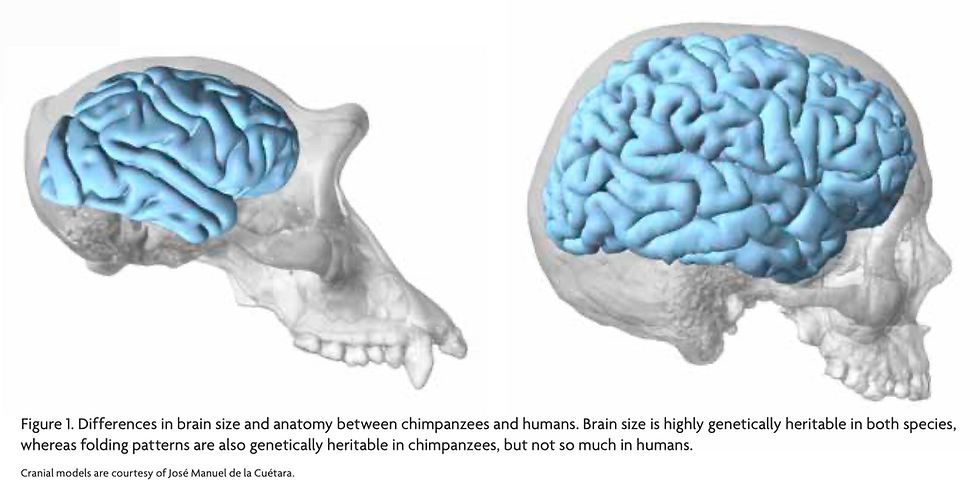Mendel & Darwin: The Modern Synthesis
- Wu, Bozhi

- Feb 21, 2019
- 2 min read

Explain how Mendel’s work helped to resolve the problem that Darwin’s critics had raised concerning how variation is maintained in populations.
Darwin’s proposal that all variations of species were evolved through the accumulation of small variations was not widely embraced by the academia at his time. The main problem with his idea was considered to be its incapability of explaining how variations could occur and be maintained within populations. Darwin himself was deeply puzzled by this problem, since he believed in the concept of blending inheritance, which suggests that characteristics of the offspring are the result of blending between parents’ characteristics. Following this line, all characteristics of a species will eventually become centered around the average, leading variations to disappear over time, and this is clearly against Darwin’s theory.

It was not until Mendel’s work on the mechanism of inheritance that scientists started to really understand how genetic inheritance works and, furthermore, how variations could be produced and maintained. Unlike the blending inheritance model, suggesting that the inheritance materials would blend and change during mating, Mendel’s work has indicated the demarcation between genotype and phenotype, which allows the seemingly intermediate characteristics of the offspring to be the result of changes in expression out of different combinations of genes, instead of genes themselves. However, this fact alone does not fully solve the problem of maintenance of variations, because natural selection works in a way that constantly removes variations within species, favoring the characteristics that lead to higher fitness in the environment. Therefore, adding on that, modern genetics has discovered how mutations of DNA can occur and add new alleles, more variations, to the population over time. But another problem is how mutations, therefore variations, can be maintained with such a low rate, against the force of natural selection. The answer is that a lot of variations are actually protected from selection, or being hidden. As natural selection operates on the phenotypic level, similar phenotypes can be the result of combinations of different alleles at multiple loci, and therefore being temporarily away from the selection force. To conclude, it is this dynamic relationship between mutations, genotypes, phenotypes, and natural selection that finally result in the maintenance of variations within populations.







Comments